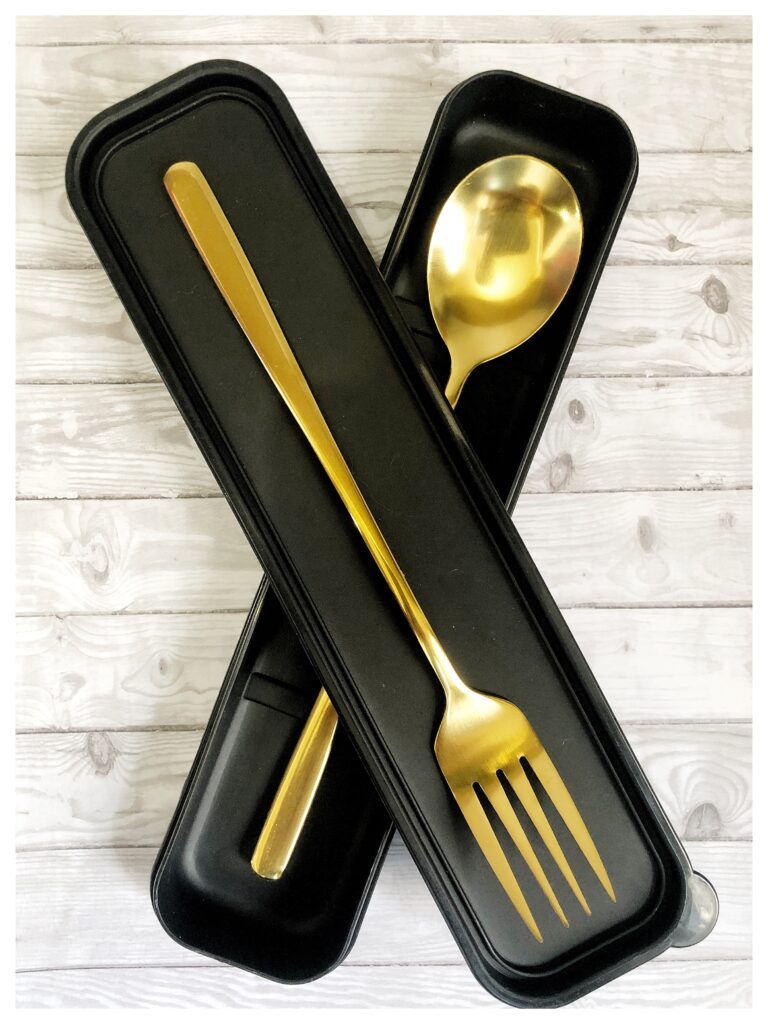How to develop new products and manage them throughout their life cycle?
Just like nurturing babies
Happy day, amazing people!!!
New products or babies they come to this world with no clue. It is our responsibility as entrepreneur/parents to take care of them until they can speak for themselves.
Now let’s look at the steps involved in new products development.
Idea generation:
New product ideas can come from anywhere and from anyone. For example, let’s say Andrew had his eureka moment for creating a new product when he saw his little brother burn his tongue while eating a hot dish.
Andrew thought of creating a spoon which could detect the temperature and cool down the dish.
Guys, I know this new product idea is quirky but let’s just roll with it.
Idea screening:
Huge companies generally screen the ideas generated from the previous stage for feasibility. If they feel that a particular idea can genuinely be turned into product and has a suitable market for it then, only that idea is quantified and all the rest are dropped.
Our entrepreneur Andrew as same checked the feasibility of his idea, which is done by way of gathering the information related to target market, competition, market size, product price, development time & cost, manufacturing cost and rate of return.
Concept Development & Testing:
Andrew came up with 3 concepts for his product
- Medium price, Heavy weight smart spoon
- Medium price, Light weight smart spoon
- High price, Light and Fancy smart spoon
He then created a prototype with a help of computer aided designing and presented it to the target audience. Most of the respondents favored concept 2, medium price, light weight smart spoon.
Marketing Strategy Development:
Remaining 3 Ps of marketing must be developed.
They are as follows,
- Price – How must should a spoon be priced
- Place (distribution) – Where/ Who should sell (Retailers/Wholesalers)
- Promotion – How it should be advertised
Along with these target market size, marketing budget, sales and profit goals must also be decided.
Business Analysis:
In this stage, new products are analyzed on business attractiveness terms.
Andrew created a detailed rough projection of cost, sales and profits of his smart spoon business. He found out that the business has scope and could be carried forward.
Product Development:
Andrew turned his idea into a product through QFD (Quality function deployment) method where he collected customer requirement (customer attributes) and turned them into a list of engineering attributes that the engineers can use for developing the product.
These spoons then underwent for functional and customer testing.
Marketing Testing:
Andrew was curious on how his product will performance in the market, so he decided to conduct a market test. He selected a few neighborhood stores to carry his products. From their sales figure information Andrew would be able to find out whether his projections are as anticipated.
Commercialization:
After market testing, Andrew finally rolled out his product to the world.

Product Life Cycle Process:
Introduction Stage
After launching the product, every entrepreneur wishes to have a big leap but this stage is marked by slow growth, low sales and no profits.
Same as other entrepreneurs, Andrew also spent huge sum to spread the word about his product. These initial expenses are like blessings in disguise.
Growth Stage
At this stage, Andrew will see some sales increase and also the entry of new competitors in the market. So, he must keep a check on proportional expenditure. Profits also starts drizzling during this period.
Maturity Stage
Pretty much everyone knows about your product at this stage. And would have given a try. Sales are at its highest with an eventual decline.
If Andrew decides to prolong this stage, he will have to come up with market modification, product modification or marketing-mix modification strategies.
Decline Stage
Due to technological advances, shifts in consumer tastes and increased competition sales of the business drop drastically. Things happening at this stage is inevitable. Every business has to go through this. Some business survives and others sink.
And Andrew, we don’t know what happened to him. Whether he sailed or sank. Hehehe…
We hope you guys have understood about New Product Development and Product Life Cycle with this example scenario.
Ok then before signing off
Love what you do, do what you love…. Bye
From,
Simply grasp